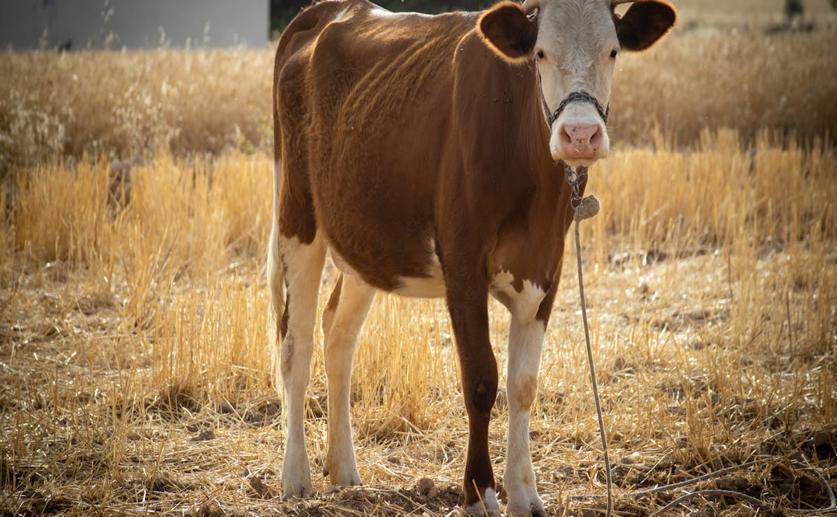
Identifying Worm Species in Cows by Their DNA
Greg Howard
14th March, 2024

Image Source: Zülfü Demir (photographer)
Key Findings
- Study in Côte d'Ivoire finds cattle infected only with Schistosoma bovis, not human-infecting hybrids
- Schistosome parasites in cattle show low genetic diversity, suggesting inbreeding
- Findings support a unified approach to schistosomiasis control for both humans and animals
References
Main Study
1) Genetic characterization of schistosome species from cattle in Côte d'Ivoire.
Published 12th March, 2024
https://doi.org/10.1186/s13071-024-06221-9
Related Studies
2) Prevalence and risk factors of schistosomiasis and hookworm infection in seasonal transmission settings in northern Côte d'Ivoire: A cross-sectional study.
3) Population genetic structure of Schistosoma haematobium and Schistosoma haematobium × Schistosoma bovis hybrids among school-aged children in Côte d'Ivoire.
4) Hybridization increases genetic diversity in Schistosoma haematobium populations infecting humans in Cameroon.
5) A duplex tetra-primer ARMS-PCR assay to discriminate three species of the Schistosoma haematobium group: Schistosoma curassoni, S. bovis, S. haematobium and their hybrids.



 6th March, 2024 | Jim Crocker
6th March, 2024 | Jim Crocker